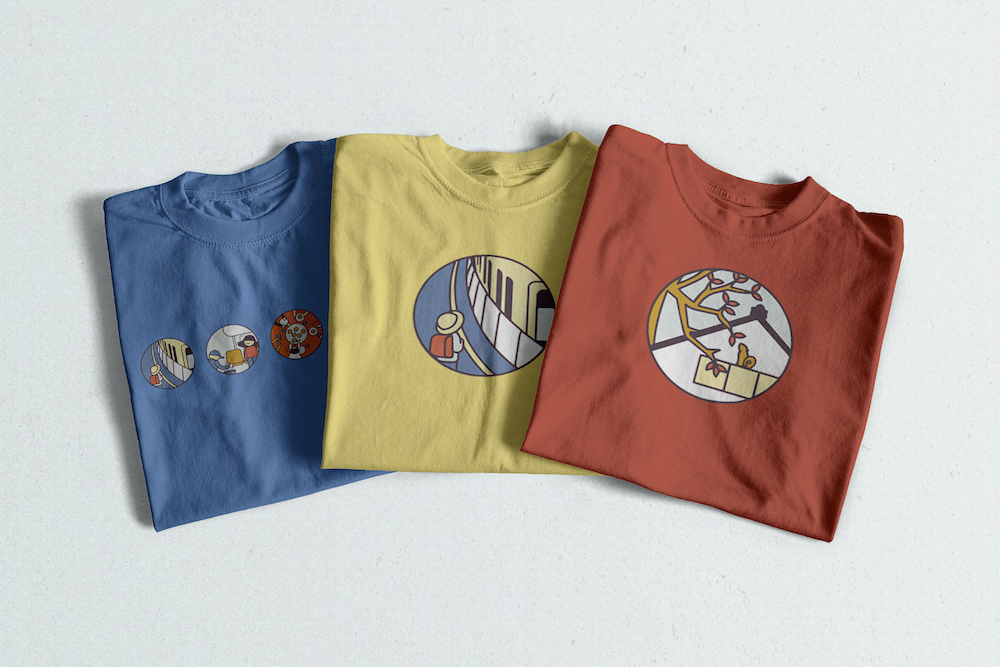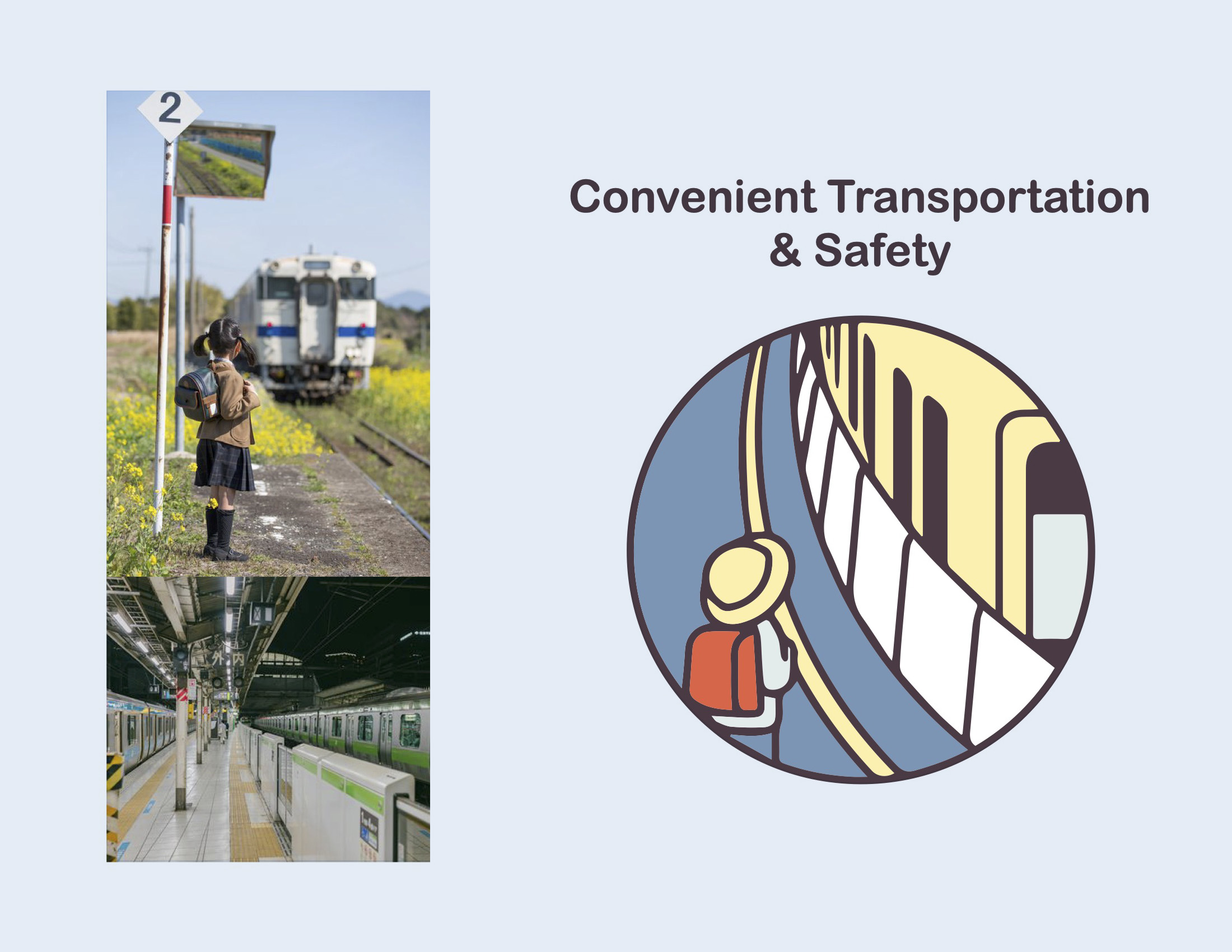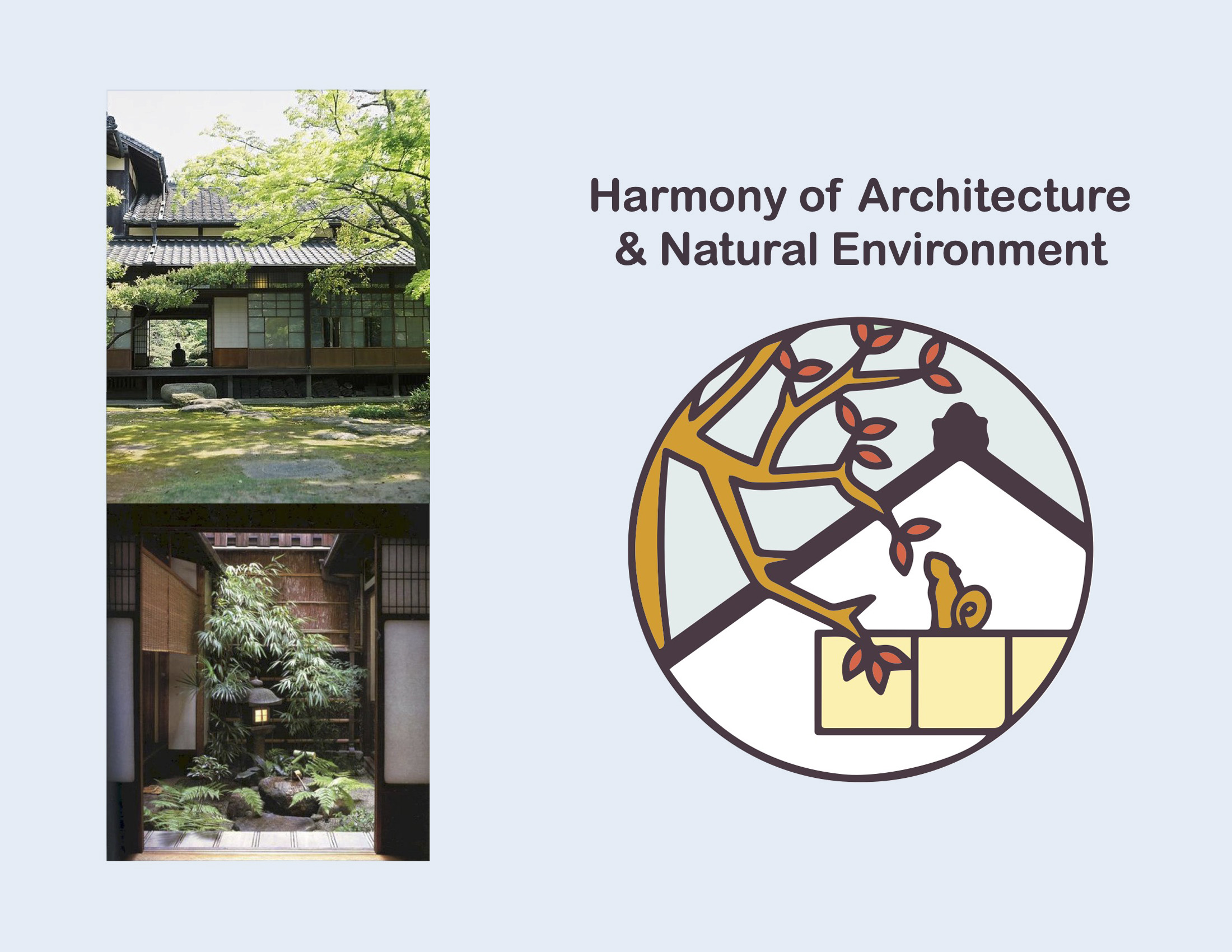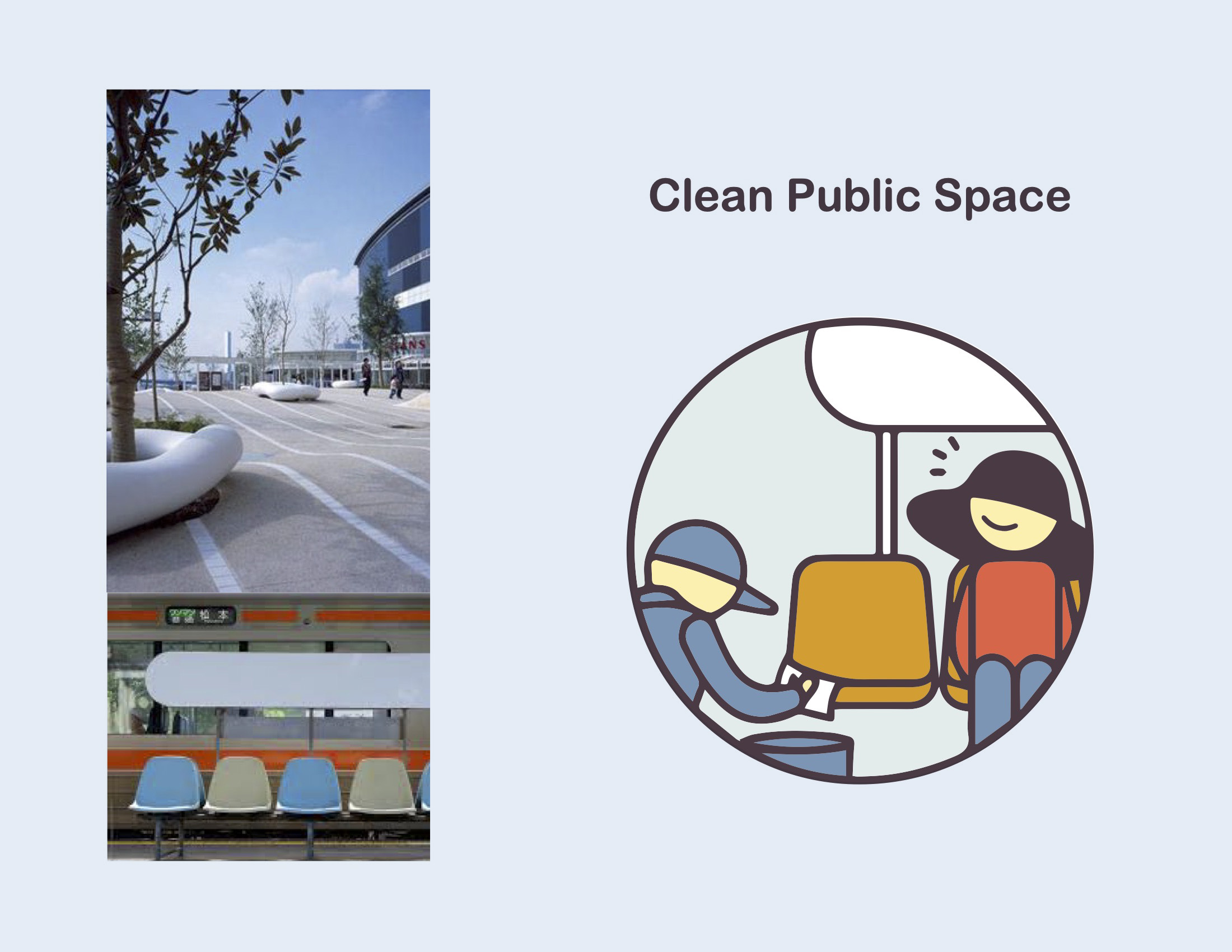Icons for Japanese Culture
The four icons represent four important aspects of Japanese culture and the environment in which I grew up.

Project Task
The project guidelines were to design four original informational icons. The icons must have a
cohesive design. I first chose to create icons on the topic of "Environment" and later decided to
focus on my living environment in Tokyo where I grew up.
Having lived in the United States
since 2016, I have experienced two very different cultures. Although I admire and appreciate some
aspects of the culture in the United States, this experience allowed me to look back at my home
country and appreciate its environment even more.
Process
I divided the four important aspects of Japanese culture into transportation and safety, food and
community, architecture and nature, and clean public spaces.
Through sketching the icons, I
challenged myself to use various perspectives and shapes to create a more dynamic icon. In this way,
I was able to utilize my knowledge and skills as an illustrator.

Iterations
Once I finalized my sketches, I illustrated them in Adobe Illustrator. The consistency is achieved through the circle frame, consistent line width, and simplified illustrations with curved edges. The final iteration was achieved through notes by my team members.
Details
The vector icons were illustrated and colored in Adobe Illustrator. I would use the Edit Color tool to go back and forth with color options. The illustrations are simple so that the information is clear. Every element in the icon is illustrated to add to the narrative instead of distracting from it.




Results
Overall the icon has a cohesive design while expressing a variety of narratives. By limiting the
color palette and the line expressions, the icons can exist in the same visual world. It was
interesting to play with the push and pull of elements to best tell the narrative. Even though these
are simple illustrations that seem familiar, they hold specific elements of my style of design that
give them a playful look.
These key aspects of Japanese cultures are mainly of my personal
experience and highlights. All of the introduced topics have played a large role in my upbringing in
Japan. Although it is something that I had taken for granted, traveling and comparing cultures have
given me a further appreciation towards those characteristics.
